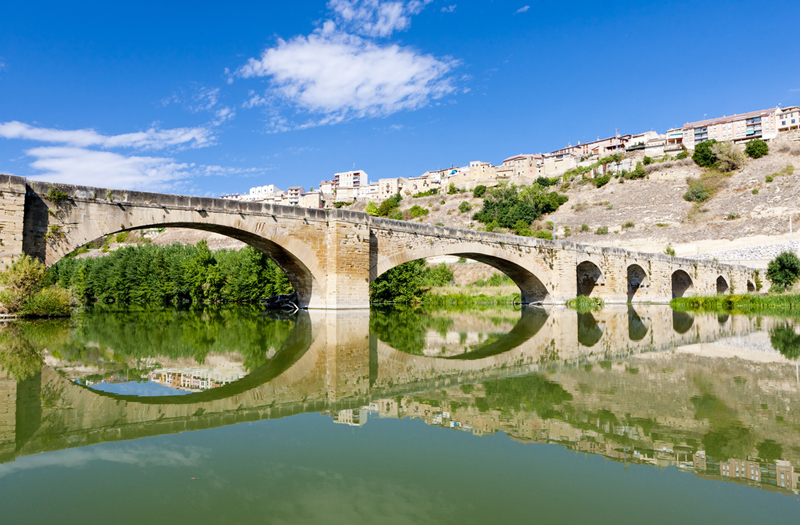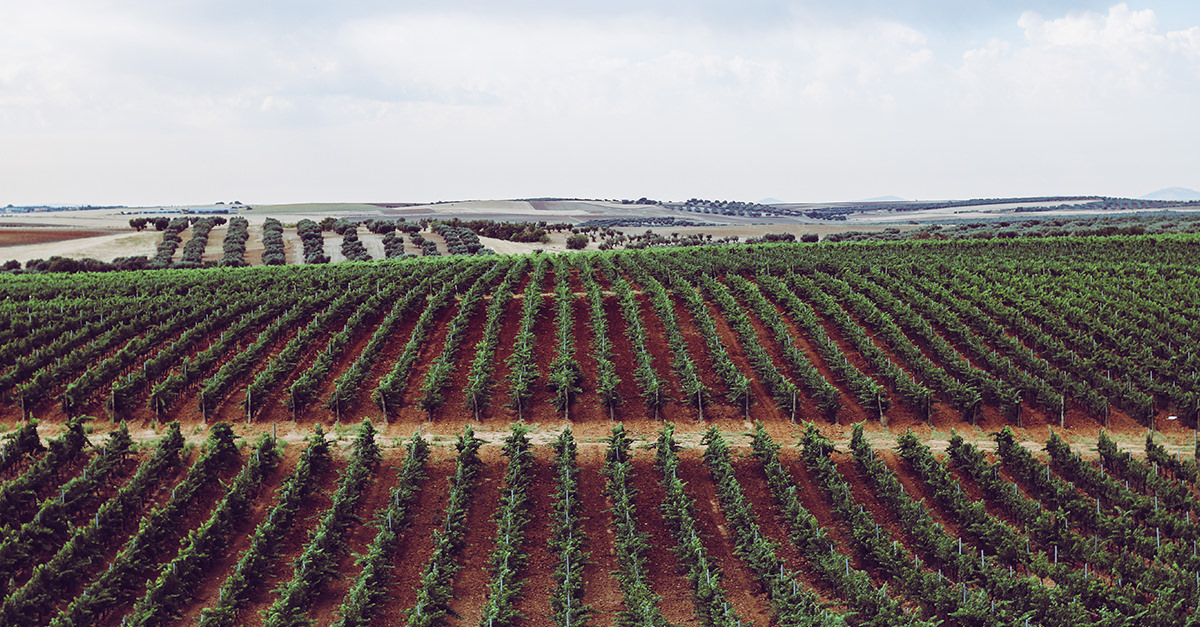Rioja is Spain in a glass of red wine. When we think of Rioja we also immediately picture Spain’s other famous culinary delights: beautiful slices of Jamon Serrano (Spain’s version of Prosciutto), salty chunks of Manchego cheese and a bowl full of ripe green olives. One sip and we’re transported.
The wine is known for its structure and tannins, similar to Cabernet Sauvignon, but it also has a fruity characteristic. This is a wine perfect for a drinker who loves Cabernet but is also looking for the dominant cherry flavor that’s often present in a wine like Pinot Noir.
Great Reservas are a steal! One can find incredible Reserva wines in the $15-$30 range.
The most famous Spanish wine on the American market, Rioja is made from a blend of grape varieties, with Tempranillo the dominant grape (Garnacha is typically included in the blend to add some fruitiness. Mazuelo and Graciano may also be included). The blend takes its name, like many other wines made in the Old World, from the Rioja region where it is produced.
Spain is very proud of its indigenous Tempranillo grape because they have been making it into wine for over 2,000 years. Unlike other countries who have adopted grapes that were originally indigenous to France of Italy, Tempranillo was born and cultivated in Spain, and there is no region for which they are more proud, and taken more seriously, than Rioja.
Rioja is as age-worthy as the wines of Bordeaux and Burgundy, yet it flies under the radar compared to its more well-known peers. This means that a stellar bottle of age-worthy Rioja can be procured for far less than a similarly rated bottle of Bordeaux or Burgundy. It is the great “deal” wine. In fact, the 2013 “wine of the year” as determined by Wine Spectator was a Rioja that can be found for only $63 a bottle while its peers who were further down on the list fetched in the $100’s.
 Rioja is as age-worthy as the wines of Bordeaux and Burgundy, yet it flies under the radar compared to its more well-known peers.
Rioja is as age-worthy as the wines of Bordeaux and Burgundy, yet it flies under the radar compared to its more well-known peers.We like to think of collecting Rioja the same as collecting American Bourbon. It’s well known that one can get the same quality of whiskey for half the price by buying an American Bourbon rather than a Scotch. The same is true for Rioja vs. Bordeaux.
When choosing to buy a Rioja, the most important thing to know is that the wine separates into four levels of classification, which depends on the amount of time the wine spends in oak, and is similar to the Burgundy Cru classification system. The classification of each Rioja will be labeled clearly on the bottle.
The four classifications are:
- Rioja: This is the basic form of the wine. It has been aged for only a short amount of time in oak, potentially only a few months, and then the wine is bottled and sold. It is in this wine where the juice will taste the “ripest” because the wine is very young.
- Crianza: For a wine to be labeled a Crianza, it must spend a minimum of 1 year in oak. Following its removal from oak, the wine must spend at least another few months in the bottle, before being sold. This is the level of Rioja that is most widely available on the American market because it’s incredibly affordable, at prices that are usually around $15 or less.
- Reserva: This is a Rioja made from the best grapes of the harvest, and is only made during years that were considered to have a good growing season. A Reserva must be aged a minimum of 3 years, with at least one year being in oak, and the rest in the bottle. One can find incredible Reserva wines in the $15-$30 range.
- Gran Reserva: This is a Rioja that is only allowed to be made in years with exceptional growing seasons from the most exceptional grapes harvested. Gran Reserva’s must be aged in oak for at least 2 years, and then must spend at least 3 more years in the bottle. Gran Reservas bring out an immense amount of passion in those who drink them, and it was a Gran Reserva that received the “wine of the year” honor in 2013.
While Rioja goes well with almost anything, the wine goes best with savory flavors like meats and strong cheeses that stand up to the strength of the wine, a pairing that is similar to its peer Bordeaux.
